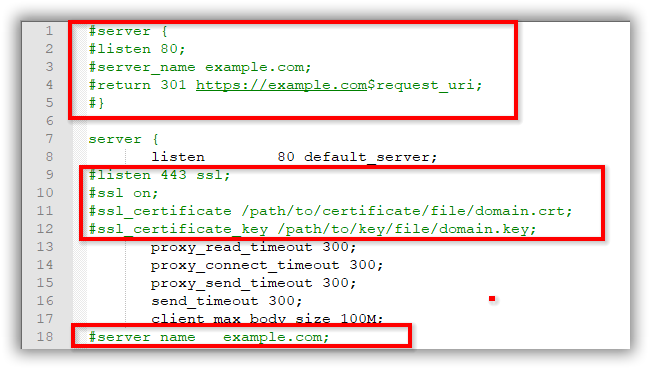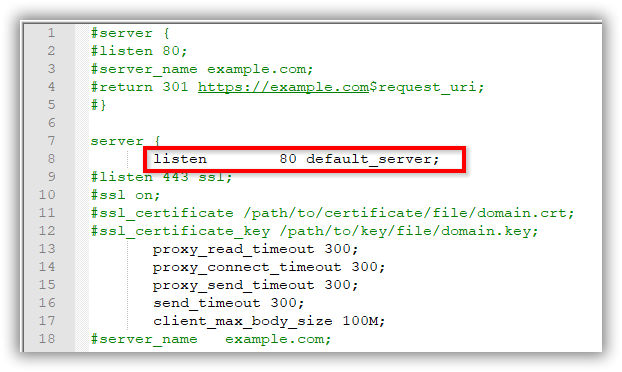Bold BI Installation and Deployment on SUSE-15
Deployment prerequisites
-
You must have access to a Linux server with a standard user account that has sudo privileges.
-
Install Nginx by running the following commands:
sudo zypper refresh sudo zypper install nginx -
Install the
pvtool by running the following command:sudo zypper install pv -
If you want to install the ETL application with Bold BI, follow these steps. Otherwise, skip this step and proceed with step 5.
- Install pip dependency packages for ETL service by running the following command:
sudo pip install duckdb===1.1.2 dlt===0.5.4 pymysql pyodbc pg8000 poetry pandas===2.2.2 "dlt[parquet]" "dlt[filesystem]"
Note: Python 3.9 must be installed on that machine.
- Install pip dependency packages for ETL service by running the following command:
-
If it does not exist, add an
openssl confpath to the environment by running the following command:export OPENSSL_CONF=/etc/ssl/
Configuring the Bold BI application
-
Please register and download the Bold BI Linux package.
-
Download the Bold BI Linux package by running the following command:
sudo wget {Bold BI Linux package link} -
Extract the zip file by running the following command:
sudo unzip {Bold BI Linux package zip file} -
Change the directory to
BoldBIEnterpriseEdition-Linuxby running the following command:cd BoldBIEnterpriseEdition-Linux -
Execute the following command to deploy Bold BI on your Linux machine:
sudo bash install-boldbi.sh -i {new} -u {user} -h {host URL} -n {true or false}
-
i : Installation type - Specify whether it is a new or upgrade installation.
-
u : Specify the user or group that manages the service. Make sure this user exists on your Linux server.
-
h : Domain or IP address of the machine with HTTP protocol.
-
n : Setting this to “true” will automatically configure Bold BI with Nginx front-end server.
Example for new installation:
sudo bash install-boldbi.sh -i new -u www-data -h http://linux.example.com -n true
Once the installation is completed, open the host URL in your browser and proceed with the application startup.
Configure SSL
If you have an SSL certificate for your domain and need to configure the site with it, follow these steps or you can skip this:
-
Navigate to
/etc/nginx/conf.d. Open theboldbi-nginx-config.conffile in a text editor. -
Uncomment the following marked lines in the Nginx config file.

-
Comment the following marked line in the Nginx config file.

-
Replace
example.comwith your domain name. -
Define the path of the SSL certificate:
ssl_certificate /etc/ssl/domain.crt. -
Specify the directory where the SSL certificate key is located:
ssl_certificate_key /etc/ssl/domain.key. -
Save and run
sudo nginx -tto verify the syntax of the configuration file. If the configuration file test is successful, force Nginx to pick up the changes by runningsudo nginx -s reload.
NOTE: If you are configuring the application with SSL, you need to update the URLs in the product.json with
HTTPSlocated in `/var/www/bold-services/application/app_data/configuration.
Next steps
Having trouble getting help?
Contact SupportHaving trouble getting help?
Contact Support